When 19-year-old St Andrews University student Aurelie Coop read in October that Justin Timberlake and Tiger Woods were planning to renovate the historic NPH Cinema in St Andrews and turn it into a luxury sports bar, she immediately contacted the president of the student-run St Andrews Film Society who launched an online petition that’s since attracted more than 11,000 signatures.
When Nexus Luxury Collection – of which Mr Woods and Mr Timberlake are shareholders – confirmed a fortnight ago that work towards a planning application is forging ahead despite the fierce community backlash, the petitioners stepped up their ‘Save our Cinema’ campaign with an attempt to sell out all NPH screenings through a peaceful protest on Sunday February 11.
“We believe this single act will be sufficient for demonstrating to all parties involved the depth of local sentiment,” said Aurelie, a second year English and film student, who grew up in Paris.
But with NPH Cinema managing director David Morris recently reiterating that the current three-screen NPH “cannot continue” as it stands, with capacity running at under 10%, what hope is there for the campaign’s success?
Where does this leave the future of other independent cinemas in Tayside and Fife?
Could community-run cinemas do it better?
The pressures facing the cinema industry are well documented with a cost-of-living crisis, rising energy prices, the impact of streaming services, and a reduction of successful independent and Hollywood films all taking their toll.
Box office admissions in the UK are still down 30% when compared to 2019, said Mr Morris, with speculation that the 2024 global box office could be more than £1.5 billion less than 2023.
The Nexus proposals would allow a cinema offering and the building to be retained for St Andrews, he said.
Yet campaigners say management of the independently run St Andrews cinema, which opened in 1930, should be doing more to work with the community – and St Andrews University’s department of film studies – to diversify offerings and safeguard a long-term future.
Empathy from Glenrothes cinema owner at pressures facing NPH in St Andrews
One man who empathises with the pressures facing NPH management is Fife cinema owner Graeme Reekie.
The former Buckhaven High School pupil, who worked part-time as a projectionist in Perth and Edinburgh while studying for an HND in journalism at Fife College, opened the independently run Kino Cinema in Glenrothes in 2010 and the Kino Cinema in Leven in 2014.
He invested £500,000 between the two ventures including repainting, installing seats and putting in digital projection equipment.
However, he was forced to close his Leven cinema – which had roots dating back to 1922 – in December, citing a decline in customers and rising overheads.
“It was pretty much plain sailing until Covid-19 hit,” said Graeme, 35, who watched Disney films at the former ABC in Kirkcaldy as a youngster and volunteered with the former Leven Community Cinema before embarking upon his own business ventures.
“That was the catalyst that effected everyone.
“When things began to re-open, pubs and things had 1m social distancing and got to open before cinemas.
“But we had 2m distancing which made it impossible to make any money at all.
“Then obviously the product was poor – the films weren’t getting released.
“Distributors were frightened to release films and lose money.
“That was the start of it.”
Graeme said it got to the point where it “wasn’t feasible” to have two Kino cinemas.
With Leven the quieter of the two, and with greater overheads due to the bigger older building, admissions went from 40,000 a year to 7,000 a year.
They were “losing thousands each month” and it “couldn’t go on”.
Graeme described the Leven closure as a “difficult decision”.
The saddest thing was it was a “hub for people”.
“There was an analogy my father made on the last day when he was in Leven and he saw a grandfather and a couple of children,” he added.
“He said ‘it’s sad there will be no more children coming here and experiencing this’.”
The last film shown in Leven was Wonka.
Overall, he said people were “very supportive” that they tried to keep things going.
With the Kino still “doing ok” in Glenrothes, many loyal customers visit there rather than travelling to the Odeon in Dunfermline.
However, the cinema still faces huge costs.
What are the main overheads faced by independent cinemas like Glenrothes?
Graeme says he faces “astronomical” rates and gas bills that cost just under a couple of thousand pounds per month.
The mark-up on films means that for some blockbusters, the film distributers take 60% of ticket sale revenue.
The Performing Rights Society also takes 1% of admission.
“I think it’s important for independent cinemas to survive,” he said.
“If people are looking for a more intimate kind of experience and want to get to know the people, the staff, then an independent cinema is best.
“It’s a love – run by people that really care about cinema.
“A lot of cinema families have been in the business since the silent days.
“But a lot of the big conglomerates that own big cinemas don’t even know anything about cinemas.
“If you want personal experience, then independents are better.
“They have more character anyway! We also try to keep things more affordable than the multiplexes.”
Could community-run picture houses be the key to the future?
Another model for running cinemas is the community model.
In 2013, for example, the Birks Cinema in Aberfeldy re-opened after decades of closure.
This came about after a small group of Aberfeldy film-obsessed and cinema-deprived local residents – members of the Heartland Film Society – dared to dream when they saw the For Sale board appear on the then derelict cinema in 2005.
The Friends of The Birks Cinema charity was born with the aim of acquiring the building and reviving it as a community-run social enterprise.
The venture has not been without its challenges.
Last summer Perthshire-born actor Alan Cumming sent out a rallying call to help safeguard the future of the “cherished community hub”, which recently marked 10 years of being open again
However, Fiona MacEwan, the Birks community and programme manager, says community cinema “most definitely has a role to play into the future” as they are able to offer more than simply streaming a film.
“We can have add-ons such as Q&A’s, talks, workshops and ‘party type’ events to make the whole experience unique and relevant to our community which helps people to connect in a way that streaming services can’t offer.
“We also have plans to run our own BAFTA type event.”
What does Screen Scotland think?
According to Sambrooke Scott, head of audience development at Screen Scotland – which sits within Creative Scotland to lead growth within the film and TV sector – the potential of community-driven initiatives to “reinvigorate and reimagine cinemas” offers one possible bright future while navigating this changing landscape.
He added: “Screen Scotland has supported and continues to support the sector to explore not just the survival, but the evolution of cinema.
“There are a number of challenges that have had a profound effect on Scotland’s cinema business in recent years; the Covid pandemic, the cost-of-living crisis and rising energy costs, industry strikes affecting the availability of titles, and changing audience tastes and habits.
“We are facing a period of transformation, yet the essence of cinema’s communal experience remains vital.
“They are important assets adding significantly to the economy, culture and wellbeing of the communities they serve.”
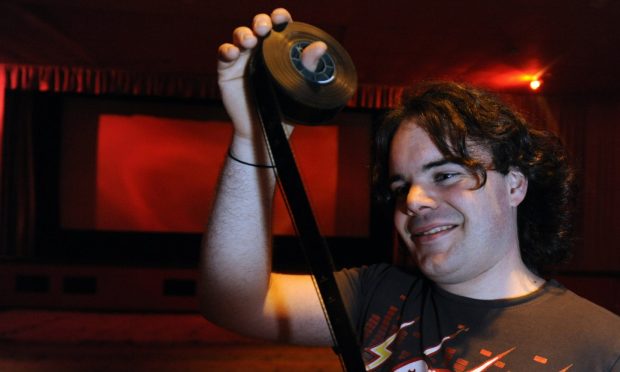
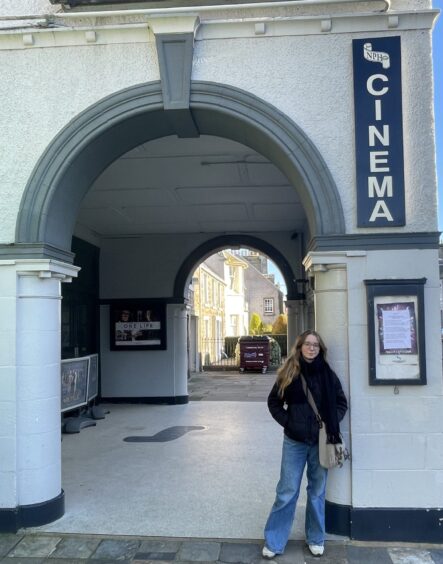
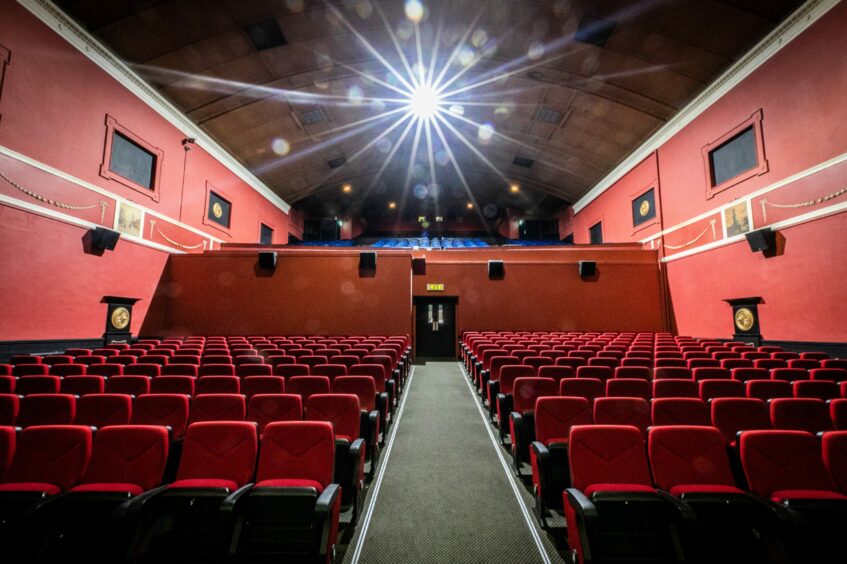

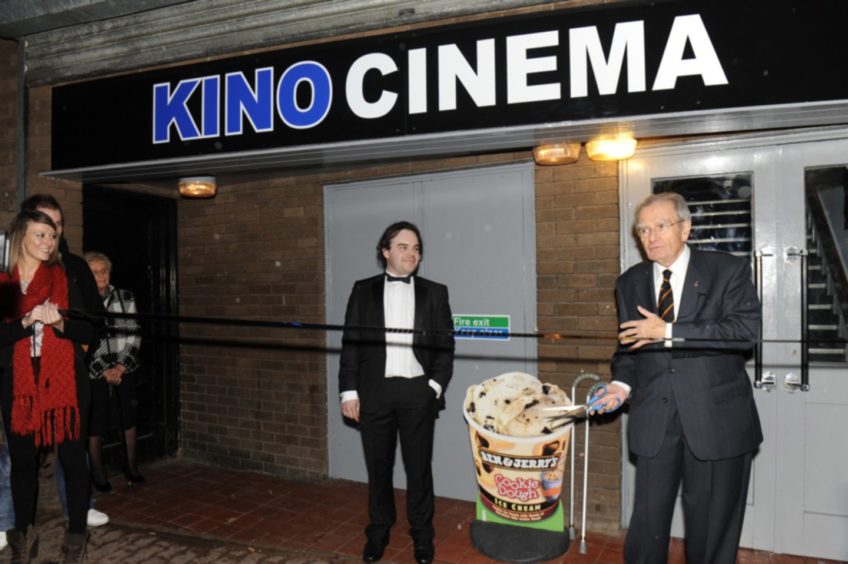

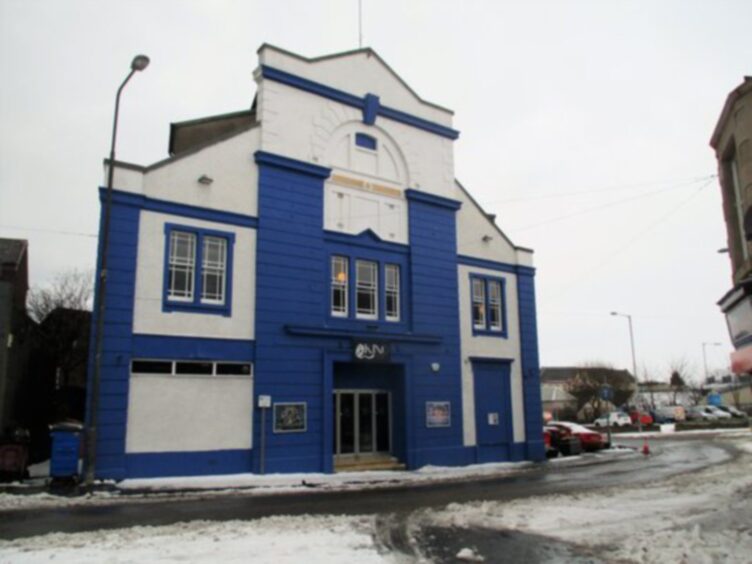
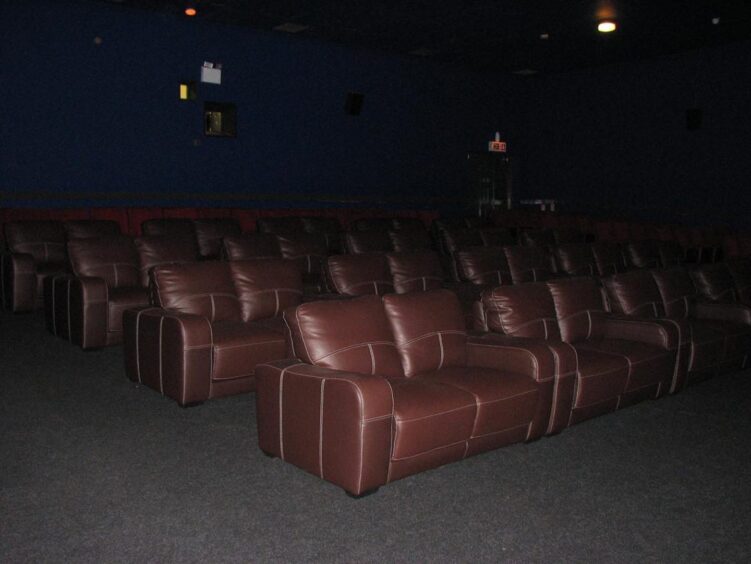
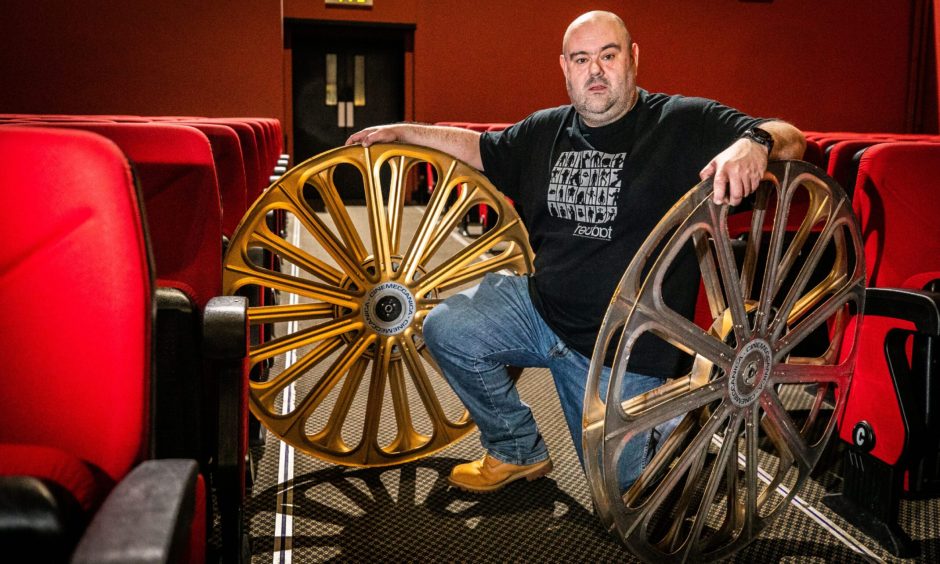
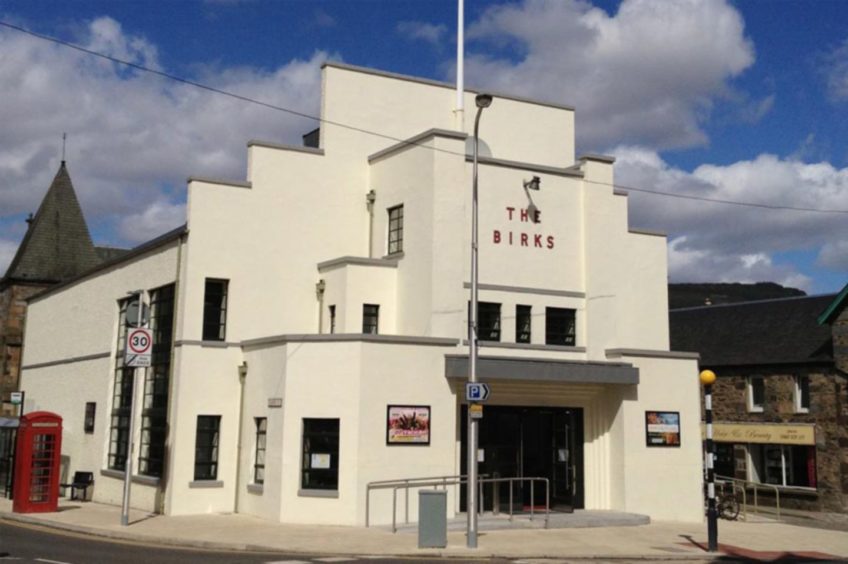
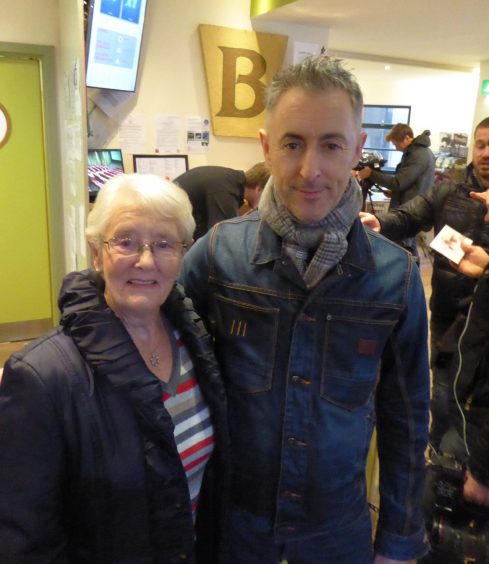







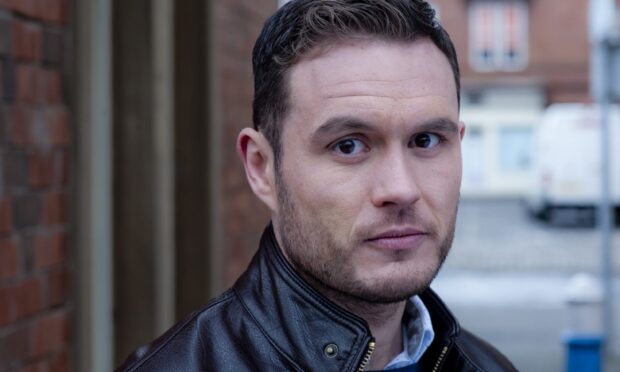
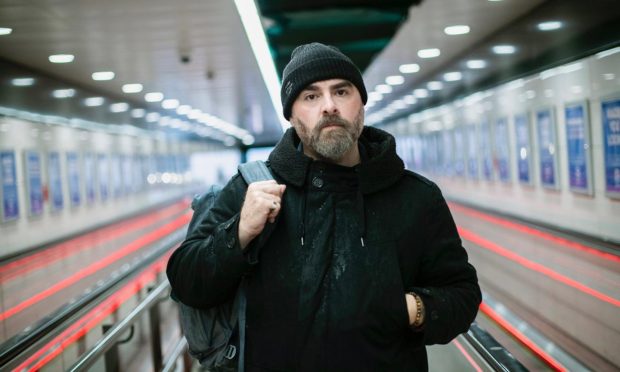

Conversation